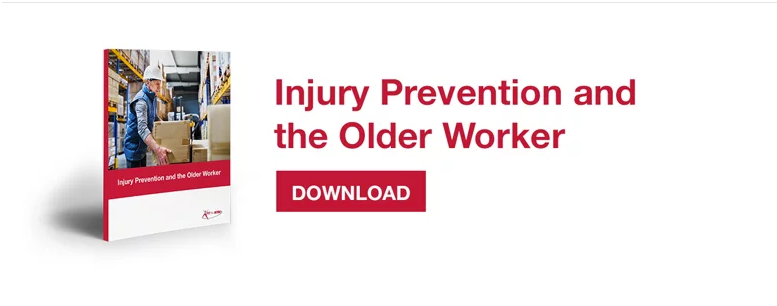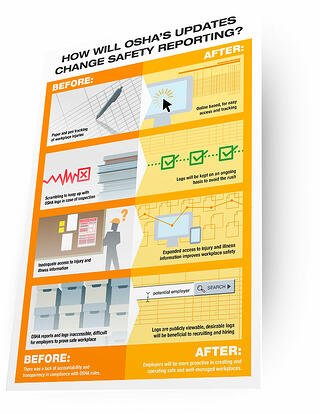At Fit For Work, our Certified Safety Specialists have compiled a list of six fundamental components that all employers should consider and plan to perform before implementing a successful workplace safety program. The 6 Crucial Components to Create a VPP Plan 1. Management Commitment and Employee Participation – Why not get recognized for your current efforts? Chances are you are already doing most of what’s required. As an employer, you are already required to lead the involvement of internal decision makers and management within your plant to the commitment of safety processes in the workplace. If employees do not see management committed to safety processes, they will likely not follow suit, make sure that your management team is dedicated to safety implementation. 2. Workplace Analysis - This step includes putting processes in place (that are easy for employees and management to implement in order to identify safety hazards in the workplace. The safety work order system that Fit For Work helps to operate in plants throughout the U.S. is a comprehensive method to make worksite inspections and hazard reporting a habit. 3. Hazard Prevention and Control - The aforementioned safety work order system is additionally structured to hold management responsible for controlling qualified safety hazards reported by employees as a means of injury prevention. Remember, it’s always better to prevent an injury than respond to one. Sit down with your management team and design a system to control the qualified hazards reported by employees. 4. Health & Safety Training - Train-to-Retain! Educating your employees so that they can perform their job tasks safely is crucial to injury reduction and is also shown to lead to a decrease in workman’s compensation insurance and overall employment costs. The more you invest in the safety of your employees, the greater the improvements to your bottom line! 5. Accidents and Records Analysis - Just as any safety hazards should be reported and controlled, as an employer, you should commit to having a process in place for proper accident reporting - no matter how small the accident. Nearly 1/3 of employees that do not report accidents, do not do so because they believe the injury to be minor, but minor injuries worsen over time. When it comes to accident analysis and reporting, a climate of open communication is crucial. 6. Emergency Preparedness - Being prepared for a catastrophe is crucial when you operate and or manage a plant. No matter how efficient your safety processes are, accidents happen. Do you have an emergency preparedness plan in place? Are your employees well-informed about the plan? 
What You Need to Create a VPP Plan





